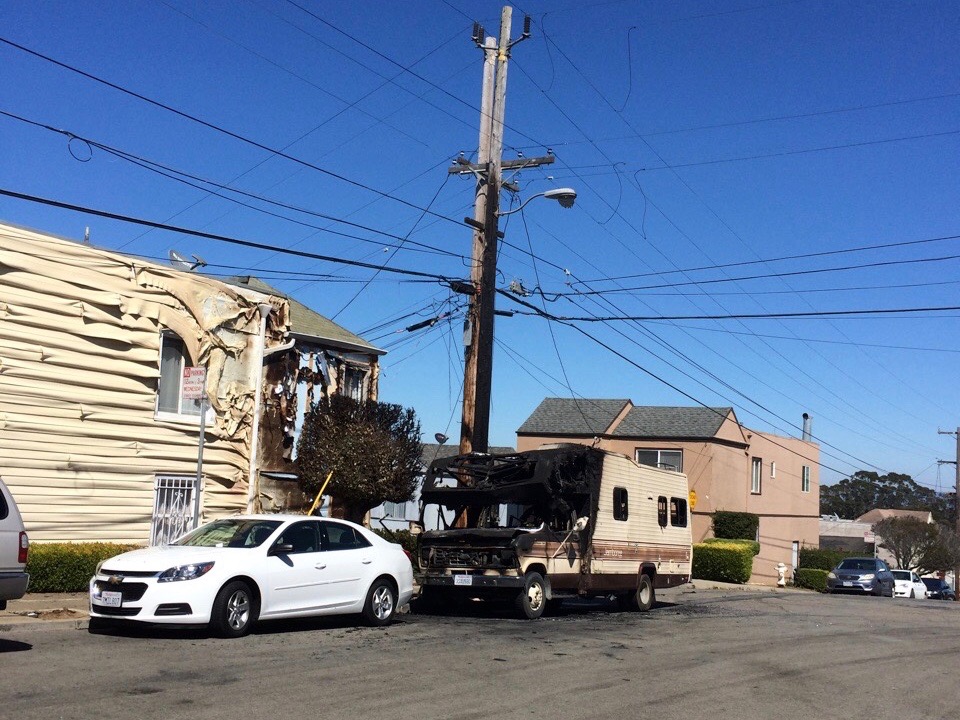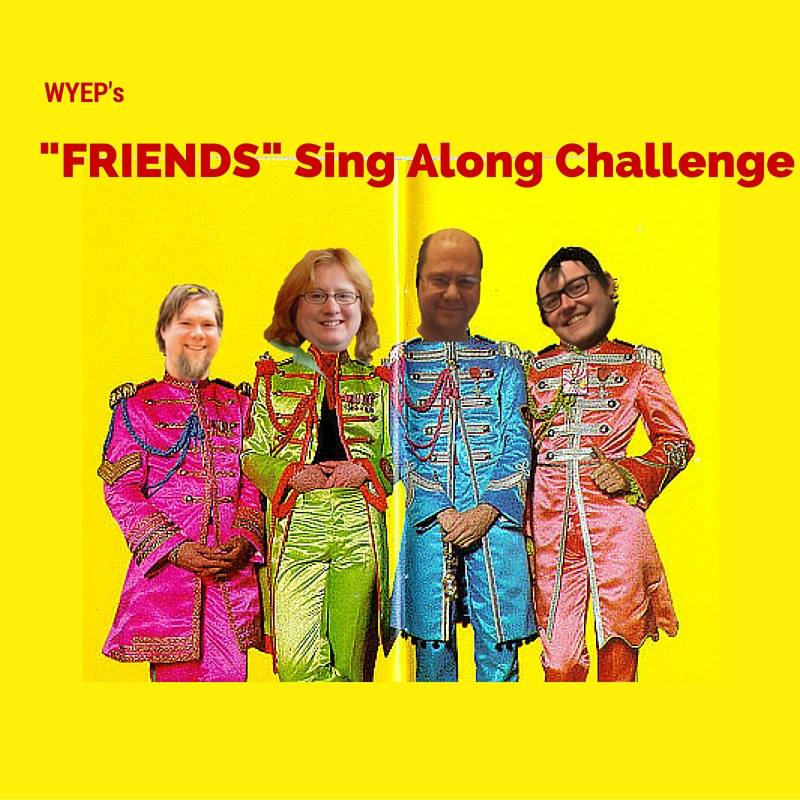Tag: Pledge drives
Public TV fundraisers weigh future of on-air pledge as shift to streaming accelerates
After a difficult March drive, stations look for ways to head off a “glide path downward.”Membership fundraising held its own in first weeks of coronavirus lockdown
CDP's analysis of early 2020 fundraising shows sustainers are living up to their name.WBUR pares pledge drive to one day, surpasses $1 million goal
WBUR cut its planned eight-day drive to 13 hours "when we saw what was unfolding" with the coronavirus pandemic.How to recalibrate and press ahead with public media fundraising
As donors reassess giving priorities during these uncertain times, we must emphasize our time-tested values and service to local communities.Public radio stations weigh whether to fundraise during coronavirus pandemic
Stations in markets that are hardest hit by the virus should postpone their drives, says Greater Public's Melanie Coulson.Annual fundraising study finds significant gains for both radio, TV stations
The Target Analytics State of the System report reflects growing listening to public radio news and underscores "startling" payoffs from PBS' Passport ...Competing interests seen as likely dealbreaker for national fund drive
Several public media fundraisers take on a question submitted for our Currently Curious series: Why don’t public broadcasters coordinate on a national ...Why hasn’t pubmedia held one big pledge drive?
A public TV programmer sees an opportunity for public media to raise awareness about its uniquely noncommercial mission.WNET finds benefits in curtailing campaign-style pledge drives
The New York public TV station charted growth in viewership and membership revenues after confining on-air fundraising to dedicated time slots.PBS will help stations convert social media followers to donors during March pledge
Stations will work with Goodworld.me, a platform that streamlines the process of making donations via Facebook and Twitter.Small fire derails KALW pledge drive
The fire affected the station’s lines for fundraising calls.Eight things to consider when pledging classical radio this fall
The time could be right to emphasize a theme of “peace, calm and quiet.”Tips for public TV stations ‘pledging the core’
One station saw an increase in ongoing gifts through its sustaining member program.WNET tests strategy to keep regular viewers watching, and donating, during pledge
The New York station has abandoned traditional on-air campaigns for regularly scheduled pledging four times weekly.With help from friends, WYEP exceeds fundraising goal
Through June, the station is using social media to encourage listeners to give by posting a video of themselves singing the Beatles ...















